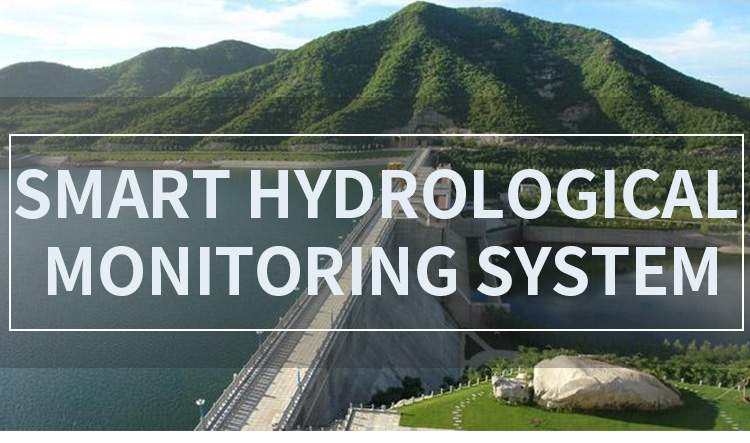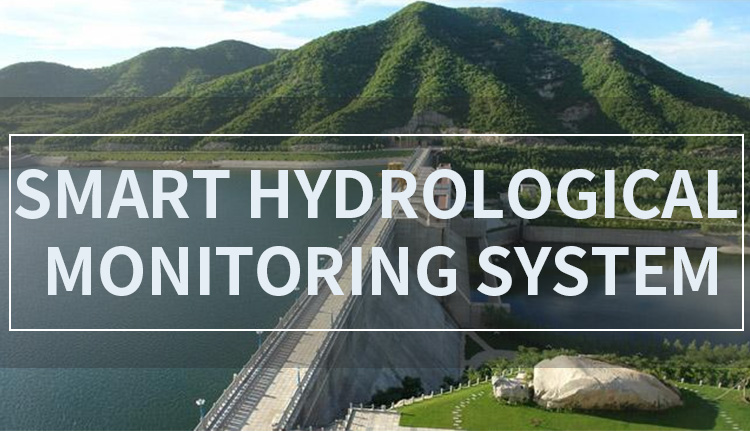Water quality monitoring is an essential practice that plays a crucial role in protecting public health and the environment. It involves the systematic collection, analysis, and interpretation of data on water quality parameters such as pH, dissolved oxygen, turbidity, and microbial contaminants. This article explores the importance of water quality monitoring in safeguarding public health and the environment.

Firstly, water quality monitoring is vital for ensuring safe drinking water. With over 70% of the earth's surface covered with water, access to safe drinking water is a fundamental human right. However, water sources can become contaminated with various pollutants such as pathogens, chemicals, and heavy metals, which can have adverse effects on human health. Water quality monitoring provides critical information on the presence and concentration of these contaminants, enabling authorities to take appropriate measures to protect public health.
Secondly, water quality monitoring is crucial for protecting aquatic ecosystems. Healthy water bodies are essential for biodiversity, recreation, and economic activities such as fishing and tourism. However, water pollution can have severe consequences for aquatic life, including fish kills, harmful algal blooms, and habitat destruction. Regular water quality monitoring helps identify potential sources of pollution and enables authorities to implement pollution prevention measures.
Thirdly, water quality monitoring is essential for supporting wastewater treatment processes. Wastewater treatment is an essential process that removes pollutants from wastewater before it is discharged into the environment. However, the effectiveness of treatment processes depends on the quality of the influent wastewater. Water quality monitoring provides critical data on the quality of wastewater, enabling operators to optimize treatment processes and ensure compliance with regulatory standards.
Fourthly, water quality monitoring is crucial for assessing the impacts of climate change on water resources. Climate change is having significant impacts on water resources, including changes in water quality. For example, higher temperatures can lead to the growth of harmful algal blooms, while increased rainfall can lead to runoff and sedimentation. Water quality monitoring provides essential data on the quality of water resources, enabling authorities to identify and respond to changes in water quality patterns.
Fifthly, water quality monitoring is important for ensuring compliance with environmental regulations. Many countries have established regulations that govern water quality standards for various uses such as drinking water, recreation, and aquatic life. Water quality monitoring is critical in assessing compliance with these regulations and ensuring that water bodies meet the required standards.
In conclusion, water quality monitoring is an essential practice that plays a crucial role in protecting public health and the environment. It provides critical information on water quality parameters, enabling authorities to take appropriate measures to ensure safe drinking water, protect aquatic ecosystems, support wastewater treatment processes, assess the impacts of climate change, and ensure compliance with environmental regulations. With the increasing pressures on water resources globally, water quality monitoring has become more critical than ever in safeguarding our water resources.






